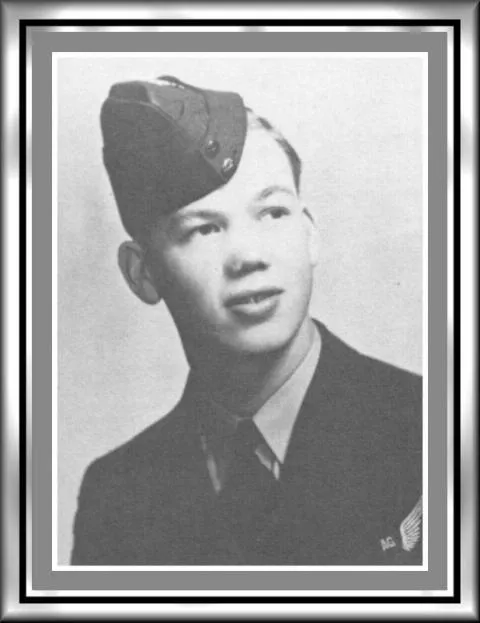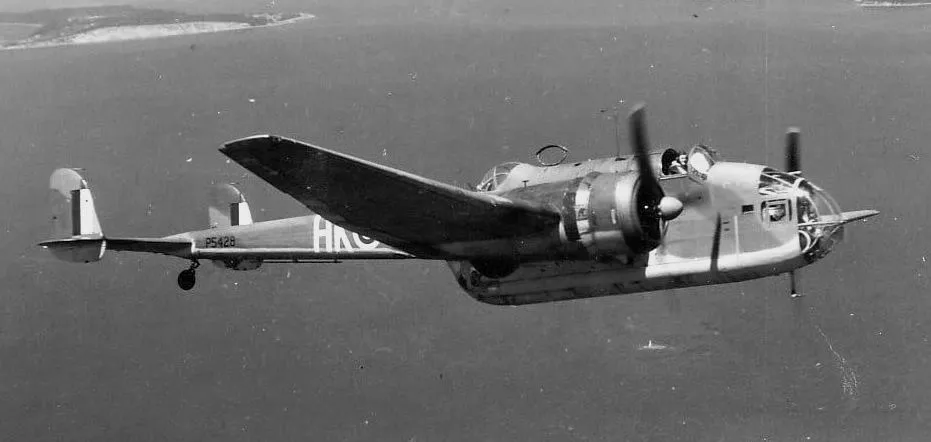FS Gray was BROTHER to Lt(A) Robert Hampton Gray VC DFC MiD (RCNVR) killed in action 1945-08-09 flying Corsair IV aircraft KD 658 with 1841 Sqn/FAA during his successful sinking of a Japanese escort ship
Gray, John Balfour (Flight Sergeant)
Killed in Action 1942-February-27


Birth Date: 1922-January-21
Born: Trail, British Columbia
Parents: Son of John Balfour and Wilhelmina Gray, of Nelson, British Columbia. Brother of Phyllis Gray-
Spouse:
Home: Nelson, British Columbia
Enlistment: Vancouver, British Columbia
Enlistment Date: 1940-June-28
Service
RCAF
Unit
144 Sqn- Squadron (RAF)
Who Shall Stop Us
Base
Rank
Flight Sergeant
Position
Wireless Air Gunner
Service Numbers
R/58225
Hampden serial: L4178

Handley Page Hampden (Serial No. P5428), of No. 32 Operational Training Unit at RCAF Patricia Bay, British Columbia, in the torpedo-bomber training role between May 1942 and February 1944.
Handley Page developed a modern stressed-skin mid-wing monoplane, powered by Bristol Pegasus radial air cooled engines, with its first flight in 1936. It had the most advanced wings available at the time, giving it a remarkably low landing speed of 73 mph for an aircraft of its size, with a top speed of 265 mph. The Hampden had a short, narrow but tall main fuselage with a very slender tail unit. This configuration led to the nicknames "Flying Panhandle" and "Flying Suitcase". At the end of the war, no complete or partial Hampden aircraft were retained for museum display.
The Hampden served in the early stages of the war, bearing the brunt of the early bombing war over Europe, taking part in the first night raid on Berlin and in the first 1000-bomber raid on Cologne. In Canada, Hampdens were built by six companies that formed Associated Aircraft. There were three in Ontario and three in Quebec, hence they were identified as the Ontario Group and Quebec Group. They supplied all the the components to the two assembly plants. The Ontario Group's assembly plant was at the Malton Airport, while the Quebec group's assembly plant was at the St. Hubert Airport. Canadian Museum of Flight and Harold A Skaarup web page